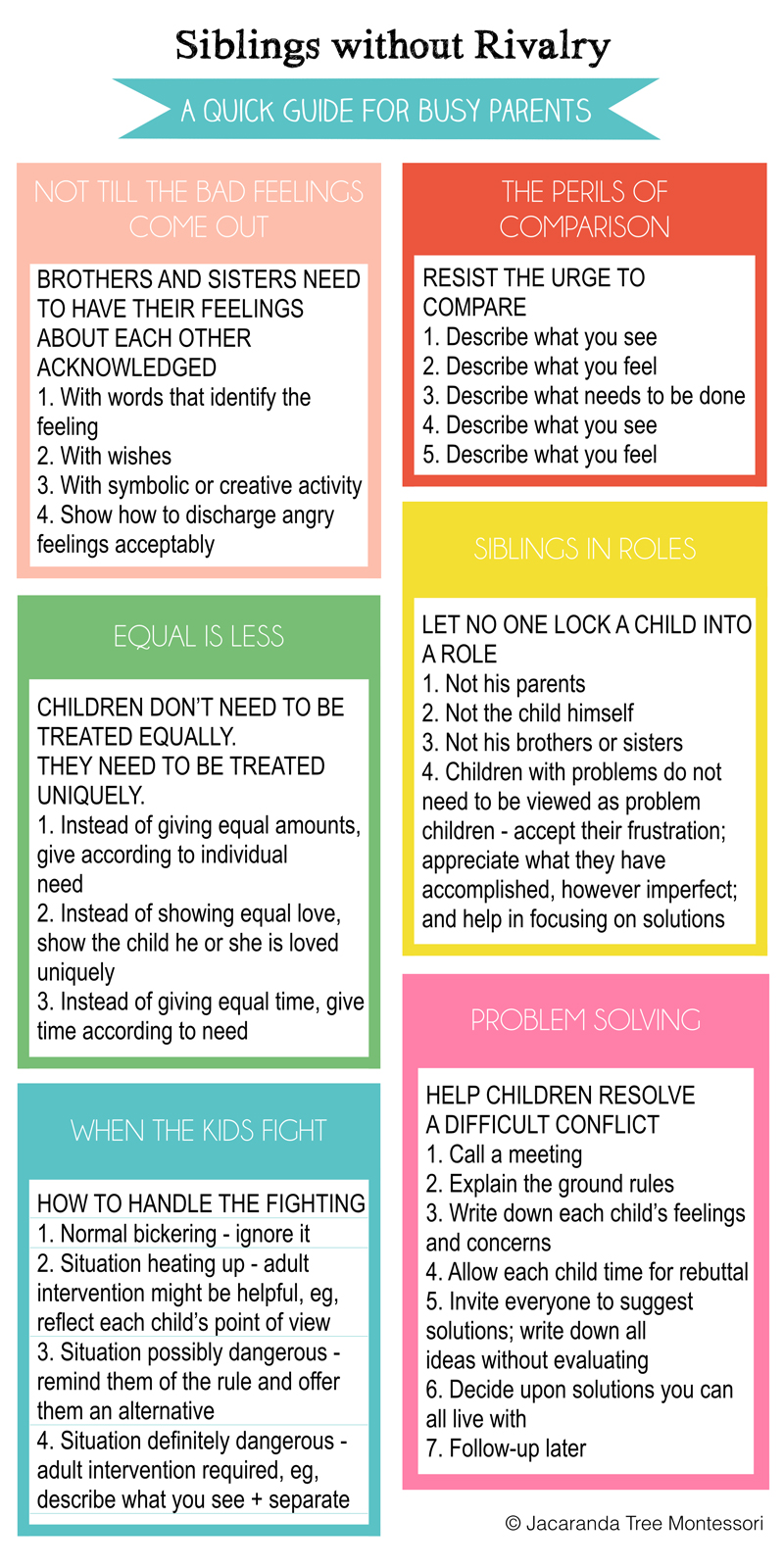Hope you all had a lovely weekend. We have been trying to make the most of the good weather. But this weekend we were pretty lazy around here. One of the highlights was sitting on the front steps in the sun and eating our lunch with our plates balanced on our knees. Life goes slower when I remember to live life like this, taking time to enjoy the simple things: sun, kids, and some fresh bread.
On the other hand, I also love a good nature fix. The weekend before we head to Bergen aan Zee for a day at the beach. We arrived after lunch and were enjoying ourselves so much we stayed as late as we could. The minute we arrived at the beach, the sand, the sun, and the sea air were instantly “a happiness oplader”, in my daughter’s words (Excuse the English and Dutch mix – an oplader is a charger usually for batteries). An apt description, don’t you think?

But life is never perfect. The week in between I lost my balance a bit. Well a lot. Nothing particularly bad had happened. But I just was missing my groove. So by Thursday I was googling “How to get out of a funk”. The result I clicked was this article on the Mind, Body, Green website. So I put on some music while I was setting up class, and then lay on the floor to meditate. It helped a little bit. This journey through life sure has its bumps.
I guess I share this because I realise that life looks good from the outside, from social media, etc. But we are all human. So far from perfect. So I want to share those imperfections with you too. Like did you know I eat cake almost every day? Well I guess that is a story for another time…
Siblings without Rivalry – a guest blog post
After my round up of the book “How To Talk So Kids Will Listen”, one of the parents kindly asked when I was going to do one for “Siblings Without Rivalry”. It was a great idea. So I am pleased to be able to point you all to my guest blog post on the Child Led Life blog here: http://www.childledlife.com/2014/09/siblings-without-rivalry-simone-davies-jacaranda-tree-montessori.html.
The blog post includes this handy cheat sheet summary to print out and hang somewhere as a reminder for you. Hope you find it useful.


